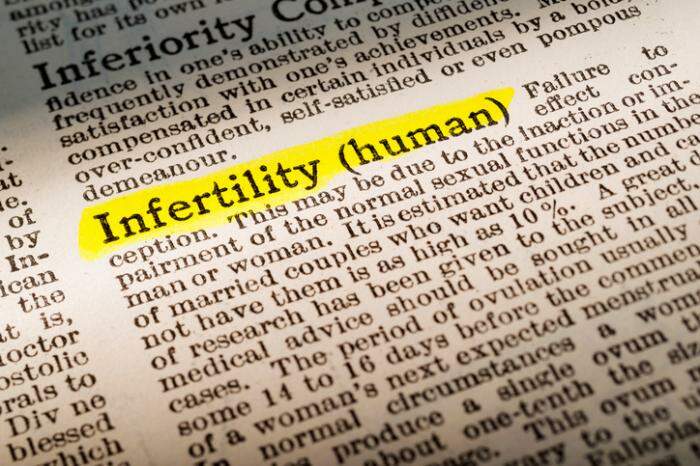Infertility affects millions of couples in the United States, and age is one of the main factors that influence a person’s ability to procreate. New research examines the genetic basis for age-related infertility in women and finds a potential new explanation for it.
Infertility is recognized as a disease both in the U.S. and worldwide. It is clinically defined as the inability to get pregnant, or to successfully carry a pregnancy to term, after 1 year of unprotected sex.
Approximately 1 in 8 U.S. couples are struggling to get pregnant or maintain a pregnancy. One third of infertility is typically attributed to men, another third to women, and a final third is thought to be caused by a combination of problems in both partners.
Age is thought to play a crucial role in the ability to procreate. For a woman, the number of oocytes – that is, female egg cells before they fully develop into ova – naturally declines with age. Additionally, the quality of the eggs also decreases, particularly after a woman reaches the age of 37.
New research, carried out by scientists at the University of Montreal Hospital Research Center (CRCHUM) in Canada, uses state-of-the-art microscopy technology in order to examine the genetics behind this aging process.
The findings – published in the journal Current Biology – point to errors in chromosomal segregation as a new mechanism for explaining female age-related infertility.
Faulty microtubules in chromosome segregation cause infertility
Eggs with an abnormal number of chromosomes are called aneuploid eggs, explain the researchers. As a woman ages, and particularly as she ages beyond 35 years, the number of aneuploid eggs increases.
Until now, the widely accepted hypothesis for this increase in abnormal eggs stated that the glue-like substance – made of protein complexes called cohesins – that keeps the chromosomes unified starts to malfunction. This hypothesis has been called the “cohesion-loss” hypothesis.
The new research does not contradict this theory, but it does find an additional problem.
In the new study, the microtubules – which are small cylindrical structures within the cell that are responsible for cell movement and which organize themselves into a spindle – were found to be dysfunctional in older mice.
Microtubules pull the chromosomes together around their spindle-like structure and “sort” them when it is time for the cells to divide. After cell division, microtubules send out these chromosomes to the opposite poles of the nucleus of the daughter cells in a process commonly known as chromosome segregation.


